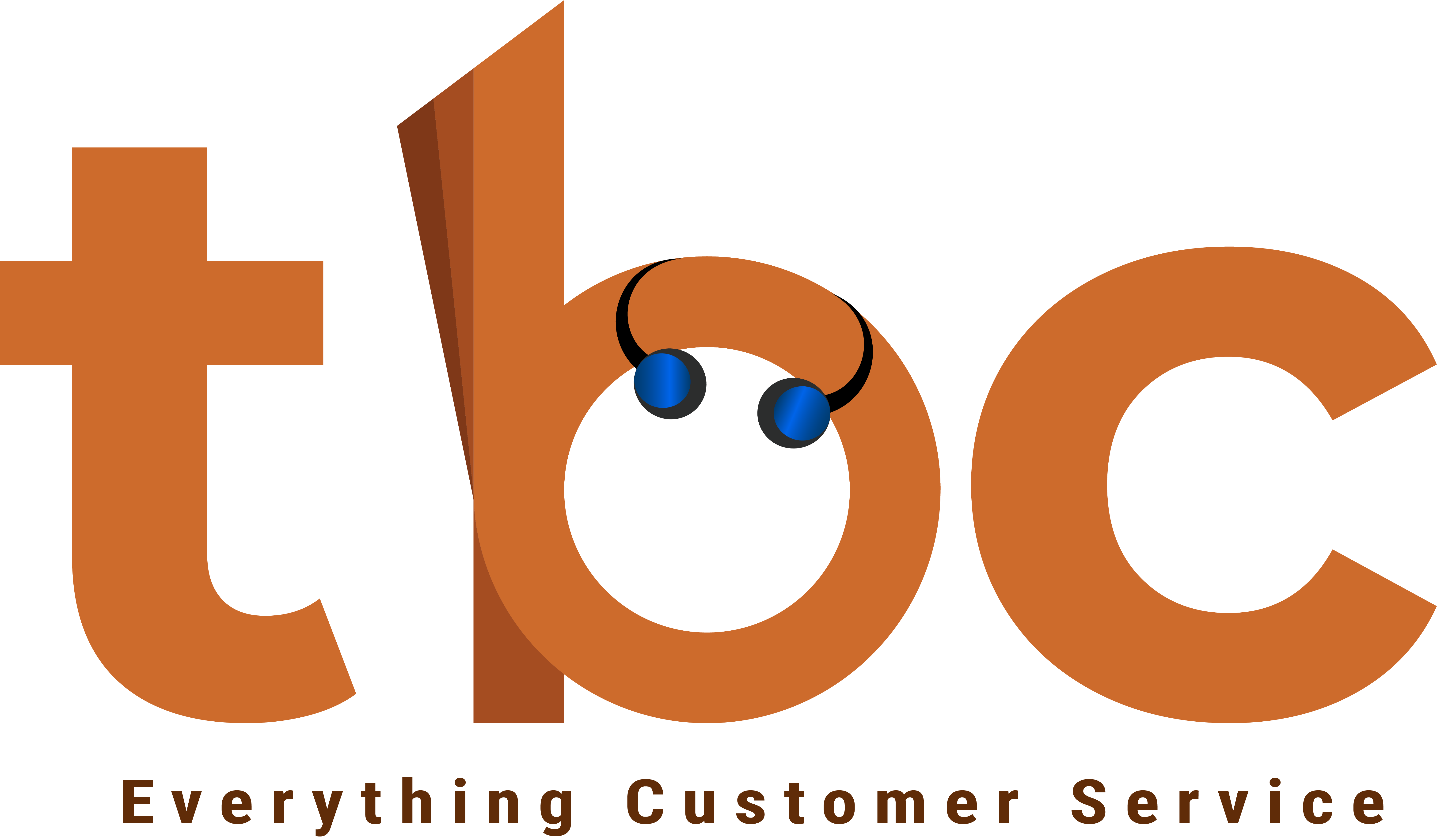The next level of call center growth lies in Tier-2 and Tier-3 cities.
India has been the preferred back office of the world for many decades now – skills availability, mature processes, low-cost, and the ability to scale are some reasons. Most large corporations outsource their customer service, support, and experience functions to India.
In the last few years, the low-cost nature of call centers in India has vanished because of the maturing market and high input costs on human resources, infrastructure, and utility infrastructure. This has prompted businesses to move their call center operations to locations like Philippines and Vietnam. The cost structure in the Philippines is 30% lower compared to India.
The Tier-I locations in India shouldered the entire services agenda until about the mid-2010s, which added to the call center’s cost structure. Towards countering competition from countries like the Philippines, the Indian call center industry in the last 5 to 8 years have started looking at Tier-2 and Tier-3 cities to move their workforce. Currently, about 10-15% of the workforce works from Tier-2 and Tier-3 facilities.
National Association of Software and Services Companies (Nasscom) says that 70% to 80% of the call center employees work from home, due to the COVID-19 pandemic. It’s probably the largest work from home project, anywhere in the world.
This means that most people are currently working from Tier-2 and Tier-3 cities, as they have moved to their home towns that are the hinterlands of every state in India.
The COVID-19 forced work from home, and satellite offices strategy would help the industry in the long-term. It would allow organizations to become competitive and help them retain and recruit the right talent due to its flexibility and quality of life.
Work from home
Initially, it was a reactive response that every organization followed when the lockdown was announced by the end of March 2020. Once everyone understood that this isn’t going to end soon, they started putting together processes to make work from home easier for the employees, customers, partners, and other stakeholders.
With almost 80% of the workforce operating from Tier-2 and Tier-3 cities, call centers continued to provide world-class services to their customers. This made them sit up and take notice that they can effectively deliver services from remote locations.
This has prompted several organizations to look at opportunities to move their workforce to Tier-2 and Tier-3 cities. For example, Zoho is experimenting with ten villages in TamilNadu, where 200 of its engineers – 20 in each village – will collaborate and build software for the world. These feeder officers are situated 20-30 kilometers away from their hometowns.
In a recent survey, the company found out that a little over 40 percent of its total employees – around 3,500 people – said they would like to work closer to their hometowns. This would allow people to save more, remain healthy, and maintain a work-life balance. Living close to family and friends is also good for mental health.
Now, every organization, including the call centers, knows that this model is working. It is only a matter of figuring out what percentage of resources will have to be moved to these locations.
The call centers would most likely move between 25 and 40% of their resources to Tier-2 and Tier-3 cities in the next few years.
What are the advantages of moving your call centers to Tier-2 and Tier-3 cities?
Cost savings – 20 to 30% compared to a Tier-1 location, due to lower facility costs and compensations.
Lower attrition – 20 to 25% lower attrition compared to Tier-1 cities. This would result in better service delivery and lower hiring and training costs.
Better standard of living – less traffic congestion, better health, and better quality of life leading to improved living standards
Happier employees – available for the elders in the families who are not very comfortable moving to Tier-1 cities
Location agnostic – you can hire any talent who is right for your organization without having to worry about whether they are willing to relocate to your location. This also brings in diversity and inclusion by moving work to the workforce.
Moving to Tier-2 and Tier-3 cities is not about setting up physical offices at each of the locations. Instead, it would be about setting up satellite offices in those cities, besides letting their employees operate from their homes.
The most significant challenge is the organization’s ability to scale when it comes to technology, to accommodate multiple satellite offices, and work from home resources.
Cloud-ready technology
Most call centers still function using on-premise technology, and they connect to them using VPN from remote workspaces. This would make it prohibitively expensive for call centers to operate.
The easiest way by which they can promote satellite offices and gain all the advantages associated with it is by moving towards cloud infrastructure for their technology needs.
There are available software bundles, which can help migrate your entire call center to the cloud. So, choose an appropriate option, and you are good to go with your migration to Tier-2 and Tier-3 cities.
Conclusion
While the pandemic has created a lot of havoc, it has also pushed organizations to optimize their costs and resources. This has paved the way for moving work and resources to Tier-2 and Tier-3 cities.
This migration, we believe, will be good for the industry in the long run. It would make the industry move towards a truly global workplace, without worrying about real estate costs, lifestyle challenges, and general living standards.
Read More: Zoho is leading the pack in moving to Tier – 2 and Tier – 3 cities. What can you learn from them?


